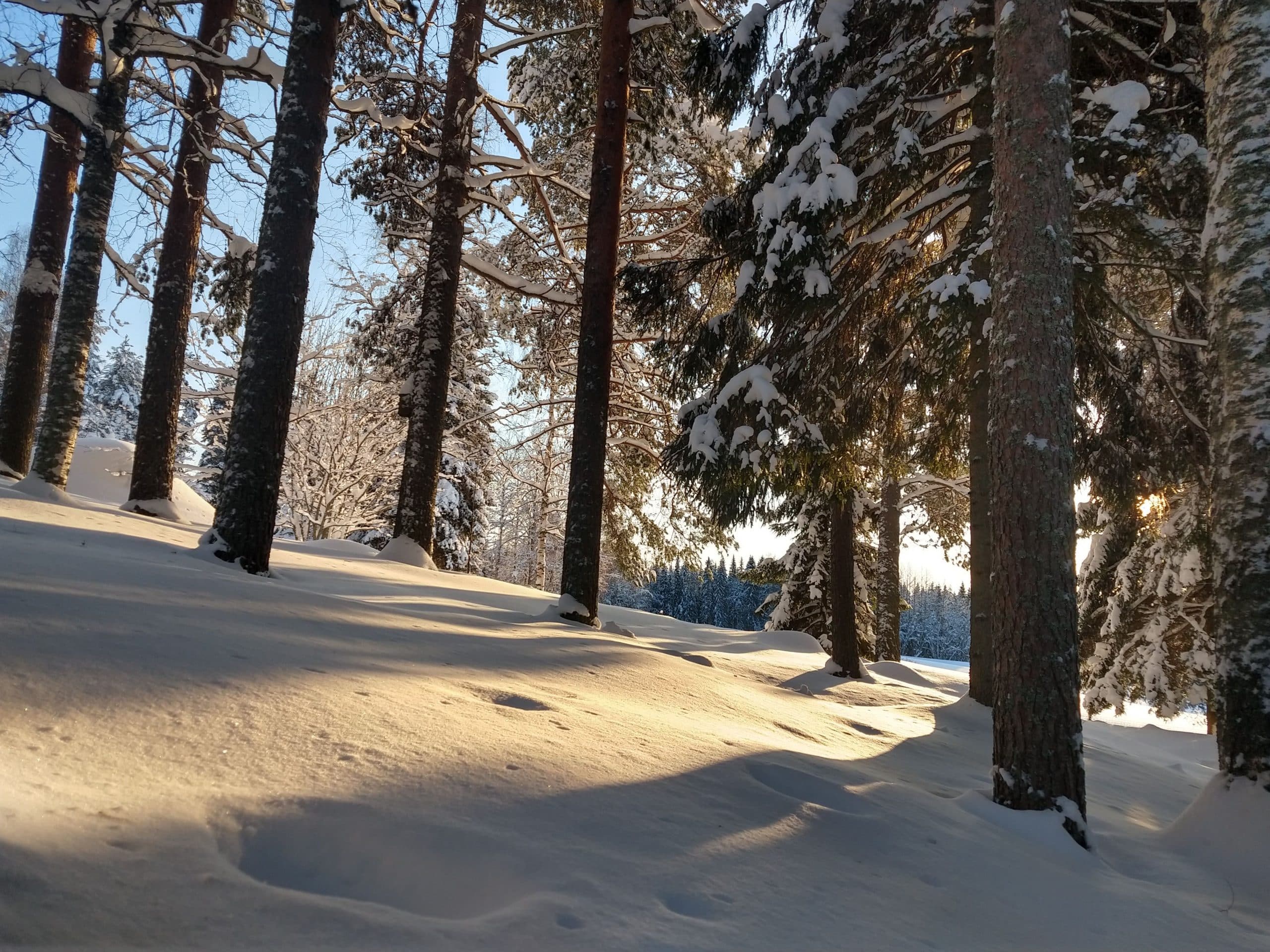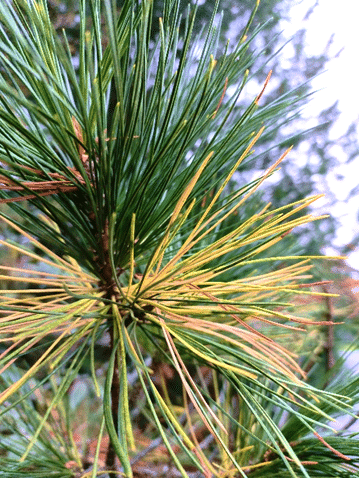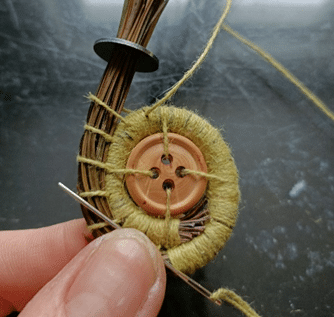
Gathering and Storage of Pine Needles

When collecting pine needles
The best time of year to collect pine needles is late summer or early fall. Pine trees lose needles once a year at the end of summer/beginning of autumn. You can pick the brown ones that are already on the ground, but also those that are turning brown and are still attached to the tree. Another good opportunity is after a storm when many needles will have blown out of the trees.
Dry all the needles you pick for at least a few days on a newspaper or in a paper bag. Fresh needles should be dried much longer, until they become brittle. In a dry state, needles can be stored for several months in a paper bag. Make sure that no moisture can get into the collection, because then mould can spread like wildfire and destroy the whole collection.
Things to consider:
– The best needles to use are long ones, where the ‘bundle’ is still complete (so five small needles if picking from cembra pine). You can use shorter or individual needles as well, but that simply means more work later when you assemble them into an object.
– Do not pick needles that have large black areas on them or that are covered in resin.
– Please do not pick fresh needles directly from the tree. You can use fresh needles from branches that have blown down, but then you have to make sure that they are dried thoroughly.
Before you can use the needles
Soak the needles in cold water for about a day. The needles should no longer break when you bend them, but if you can be bent them double all the way they have become too wet. Then just dry them for a short time on some paper towels or similar.
Are you in a hurry? You can speed up the process by soaking in hot water. This will weaken the needles slightly though, so the final product will not be as durable.

Storing
If you are working on a project that you cannot finish in one sitting, do the following:
– If you want to pause for a few days, you can save the project and the needles in the fridge in a plastic bag. Preferably remove the sewing needle and straw because they become weaker from the moisture.
– If you want to pause for a longer time, put the project in a plastic bag in the freezer and dry out any wet needles you didn’t have time to use.
Make sure to pause just before splicing in new thread. The thread becomes weaker when it gets damp. When you’re done, make sure the piece dries completely and it should last for years! If you don’t want it anymore, you can easily throw it in the compost.
Want to know more? Check out when the next courses in pine needle binding are happening here!
